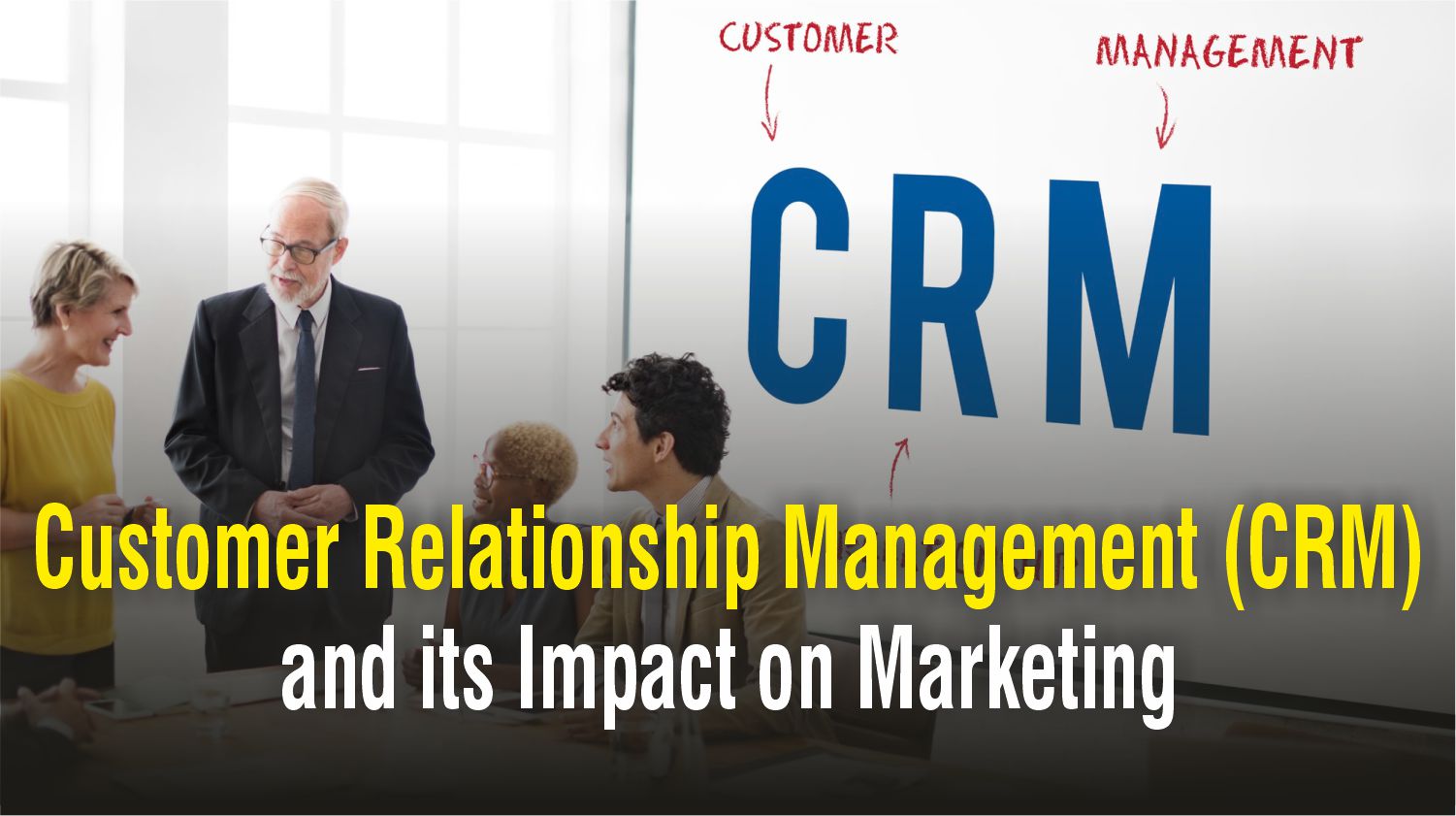The social media landscape has undergone major changes since we started using Facebook in the 2000s. While social media is used for social networking, it has also provided businesses with the opportunity to market their products to their target audiences. Social media marketing has grown to be an integral part of the media mix of companies across the globe (head to How to Create a Marketing Plan for more). Various studies have shown that over 90% of US companies having more than 100 employees are using social media marketing. Worldwide too, the percentage of businesses using social media marketing to reach their target audience is more or less the same. This shows that social media marketing is a vast and growing field, providing several career opportunities.
Individuals looking for career opportunities can consider social media marketing as it provides various career paths and opportunities for growth. Youngsters looking to enter this field may be confused regarding where to begin and what are the various job profiles available. In the current marketing environment, social media plays a vital role in advertising, brand management, and customer service. Social media marketers are required to help businesses operate and grow.
There are numerous career paths available in this area. Here are a few career paths you can consider:
1. Social Media Marketing Manager
A social media marketing manager is responsible for communicating with the clients and customers of a business using social media platforms like Facebook, Twitter, Instagram, YouTube, LinkedIn, Pinterest, etc.
Individuals who have a passion for social media and finding innovative ways to connect with people are best suited for this role. Social media managers must have excellent communication skills and must be good at customer service as they are required to monitor customers’ feedback and promptly respond to them. You must also possess creative writing ability to create content for the audience on various platforms. Moreover, you must have good planning and organizational skills to schedule various social media marketing activities. Sound knowledge of various social media tools, like tools for content creation, social media analytics tools, and social media metrics, is a must. Individuals having experience in advertising, marketing, or public relations can enter this area. Freshers with good knowledge of social media marketing and all the requisite skills mentioned above can enter this field as well. You will oversee social media marketing plans, social media marketing strategy, and day-to-day social media activities such as posts, advertising, and so on.
2. Social Media Marketing Analyst
A person with good knowledge of social media along with marketing analytics can become a social media marketing analyst. You should be able to identify and understand current and future trends in social media marketing. A social media marketing analyst heads the qualitative and quantitative measurement of the business’s social media marketing performance. Your job would include measuring performance, preparing reports, providing strategic support, providing supporting analysis and reports for the business’s social media marketing campaigns, analyzing the social media marketing content and social media marketing strategies, and the impact of social media marketing plans across various platforms. You must possess a good understanding of marketing analytics and must be able to examine and analyze the decisions and their impact on the business.
3. Social Media Consultant
Businesses looking to evaluate their current social media marketing strategy or social media profiles may hire social media consultants. If you have gained considerable social media expertise, you may consider becoming a social media consultant. You can work as a freelancer or join a social media marketing agency, where you’ll manage multiple client relationships. You will also need to advise your clients on how to create and execute their social media marketing strategies. You will help clients develop, grow, and manage their online presence. You must be excellent at identifying problems and providing solutions. You must also possess good research skills and must be able to guide clients on how to use various forms of content across various social media platforms effectively.
4. Social Media Marketing Copywriter or Content Producer
Individuals possessing excellent communication skills, creativity, and a flair for writing can aim at becoming a social media marketing copywriter, also known as a content producer. You would be responsible for writing/creating content for various social media marketing platforms. Having good content helps in increasing brand loyalty and reach. Content can take many forms like blogs, vlogs, posts, videos, tweets, graphics, eBooks, advertisements, reels, and live streams to name a few. This is considered to be a very important role as good content induces customers to buy the products and keeps the brand engaged with the target audience. A social media marketing copywriter needs to write content; proofread it; and create attractive ads that capture the attention of the target audience for driving website traffic, conversions, and brand interactions on external platforms. Social media content creators help produce content across any social media platform. These content creators help bring to life the business’ ideas by creating and using quality content.
5. Social Media Marketing Specialist
A social media marketing specialist is a professional responsible for the creation and publishing of content on all social media platforms, including Facebook, Instagram, Twitter, LinkedIn, Pinterest, and YouTube to grow its audience, build brand awareness, and increase sales. A social media marketing specialist may work with or within an organization to monitor, execute, filter, and measure the social media marketing activities and social media presence of a product, brand, or business. They are responsible for creating marketing campaigns for a business across various social media platforms. You must possess excellent written and verbal communication skills along with thorough knowledge of social media management and social media marketing strategy. You must also have experience in using various analytics software. You must also be skilled in SEO (Search Engine Optimization).
With social media marketing having become an integral part of most businesses, it offers enormous career opportunities. If you possess good communication, creativity, organizational skills, research, and analytical skills, along with good knowledge of social media and social media marketing, you can opt for various career paths in this field.
Our book Social Media Marketing Essentials You Always Wanted To Know serves as a beginner’s guide to the basics of the realm and can be used by professionals, businesses, and students to brush up. Head to NetGalley to read the Advance Review copy now and let us know how you like it!
Also read:
Instagram for Small Businesses: A Short Guide to Leveraging Instagram
Ethics in Market Research
4 Relationship Marketing Strategies Successfully Used by Big Brands














































